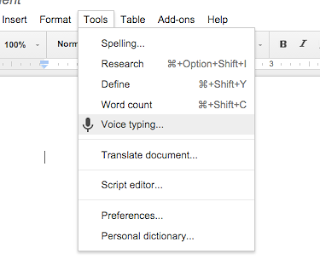Show Details Button:
You can use the Show Details button on Google Drive (I button) to provide you with a breadcrumb trail of actions that the student has taken. It will show you when and where they moved files. Need to know if a student was using their time correctly? Check out what they created, edited, or deleted. How does this work?
This is a great "together" activity for students who might not be on task.
This is a great "together" activity for students who might not be on task.
1. Make sure that you and the student are logged into their Google Drive.
2. Make sure that you do not have a folder or file selected.
3. Choose the Show Details icon (i button)
4. Select the Activity tab
See Specific Folder Activity!
You can also see specific activity occurring in that folder. Simply choose your folder, select the Show Details icon, and browse the folder activity.
This feature will also provide you with information about your folders within Drive. Add a description of your folder, see who the folder is shared with, and when the last edit was made. Make sure that your folder is selected and choose Details to see this information!













